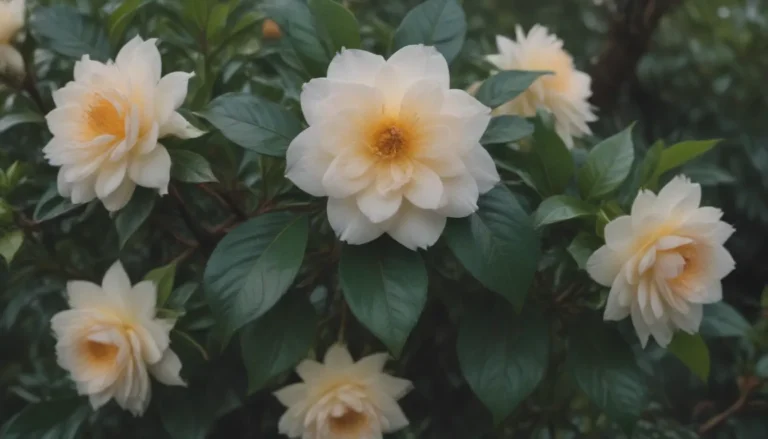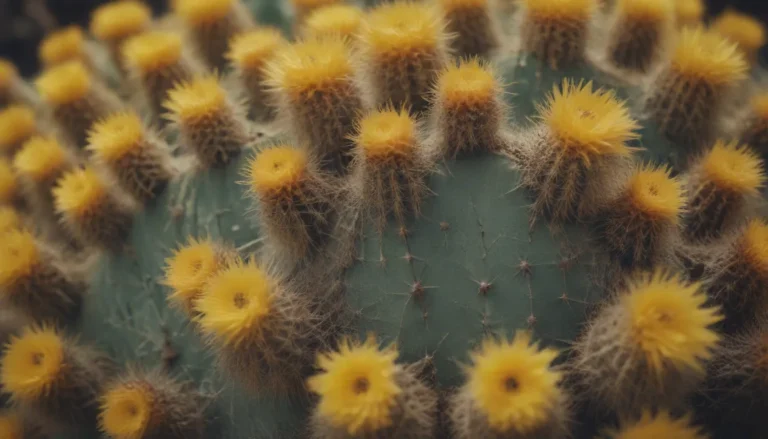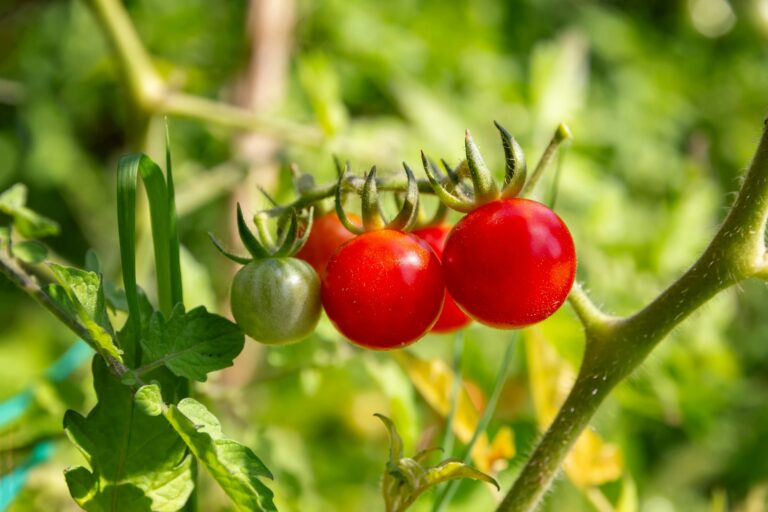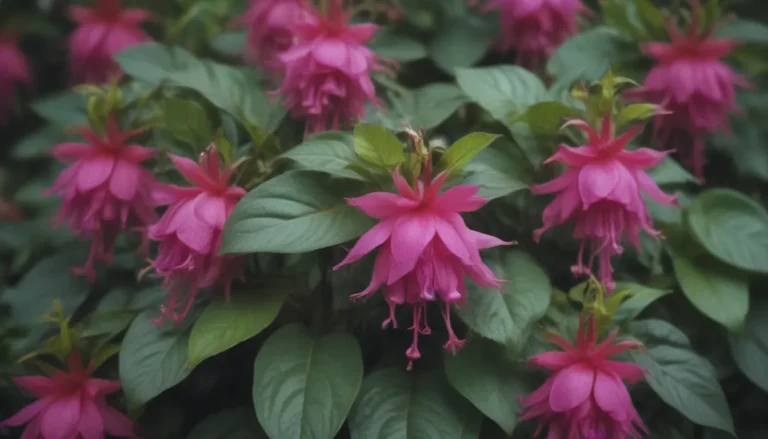A Comprehensive Guide to Growing and Caring for Virginia Creeper
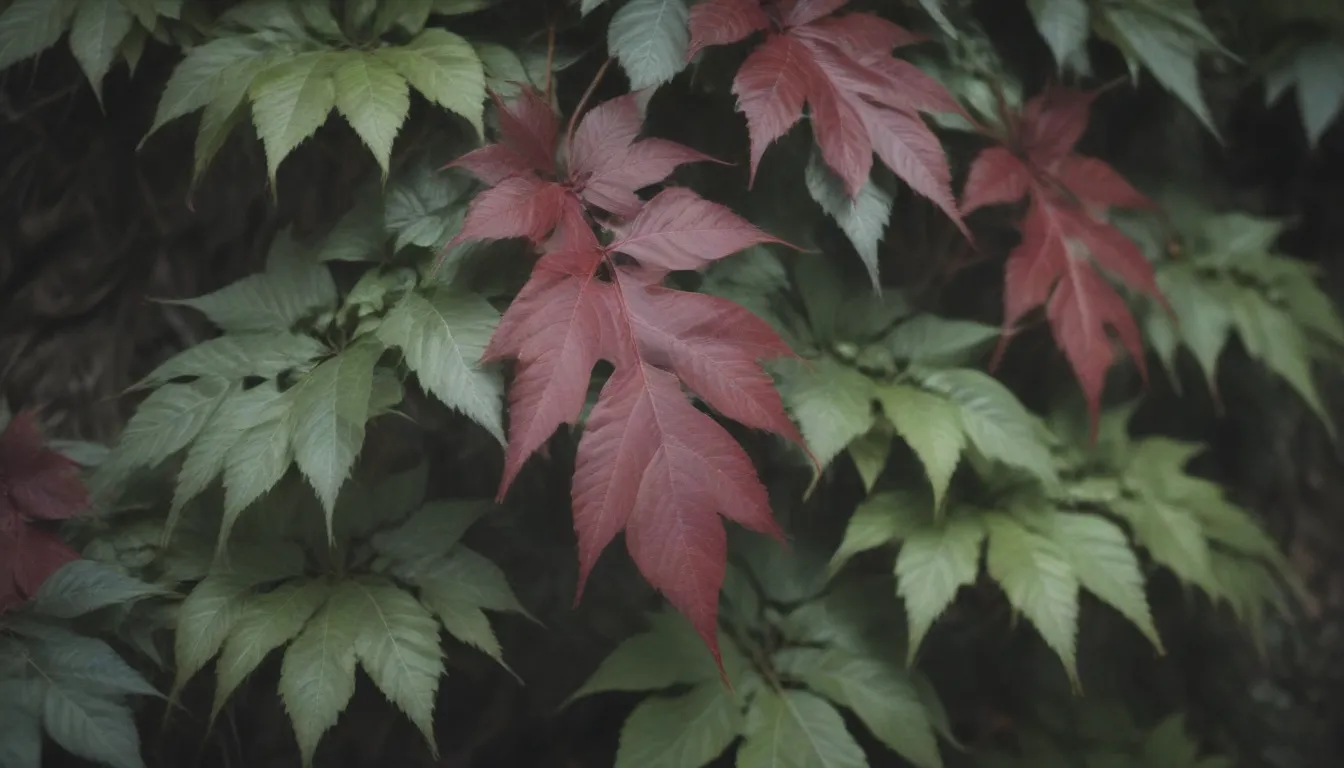
Welcome to our guide on how to grow and care for Virginia creeper, a stunning vine known for its beautiful fall foliage. If you’re looking to add a touch of elegance to your garden or landscaping, Virginia creeper might be the perfect choice for you. In this article, we’ll cover everything you need to know about cultivating and maintaining this versatile plant.
Introduction to Virginia Creeper
Virginia creeper, a close relative of Boston ivy, is a fast-growing vine that can be planted in either spring or fall. It is commonly used as ground cover or a climbing vine on stone walls and trellises, supported by its grasping tendrils. The plant features leaves with five leaflets that transition from summer green to a stunning fall foliage color ranging from reddish-orange to burgundy. While the dark blue berries of Virginia creeper contain toxic oxalic acid for humans, birds can safely enjoy them. However, it’s essential to keep in mind that the sap of Virginia creeper contains needle-like oxalate crystals that can irritate the skin for some individuals.
Virginia Creeper Care Tips
If you’re considering adding Virginia creeper to your garden, there are a few essential care tips to keep in mind:
- Plant Placement:
- Grow Virginia creeper on sturdy trellises near walls to prevent damage to siding.
-
Avoid allowing the vine to climb trees and cast shade on their leaves.
-
Growing Conditions:
- Virginia creeper thrives in full sun for optimal autumn color.
-
It can tolerate various soil types and pH levels.
-
Watering:
- Water regularly during the first growing season and reduce frequency once the vine is established.
-
Increase watering during periods of extreme heat.
-
Pruning:
- Trim Virginia creeper vines in winter or early spring to control growth.
- Remove detached or dead vines to maintain a healthy plant.
Varieties of Virginia Creeper
While common Virginia creeper is suitable for most yards, you may want to explore horticultural varieties for increased pest resistance. Some popular cultivars include Engelmann’s ivy, “Monham,” “Variegata,” and “Red Wall.”
Propagating and Growing Virginia Creeper
Virginia creeper is easy to propagate from cuttings, making it a convenient option for expanding your plant collection. To propagate Virginia creeper from a cutting, follow these steps:
- Find a healthy stem at least 12 inches long.
- Cut the stem at the base and strip the bottom leaves.
- Dip the cut end in root hormone and plant it in high-quality potting soil.
- Keep the soil damp and transplant the cutting outdoors once it develops a robust root system.
- Virginia creeper can also be grown from seed by sowing directly into well-amended soil.
Common Pests and Diseases
Virginia creeper may fall victim to various pests and diseases, including caterpillars, flea beetles, and fungal infections like leaf spot and powdery mildew. To protect your vines, employ horticultural oils, insecticidal soap, and other treatments as needed.
Overwintering and Maintenance
Virginia creeper is a hardy plant that can withstand harsh winter conditions. While the foliage may die back during colder months, the plant will regrow once temperatures rise. Regular pruning and maintenance will keep your Virginia creeper healthy and vibrant year-round.
Conclusion
In conclusion, Virginia creeper is a versatile and visually striking plant that can enhance the beauty of your garden or landscape. By following the care tips outlined in this article and taking precautions against common pests and diseases, you can enjoy the vibrant colors and lush foliage of Virginia creeper year after year. Whether you’re a seasoned gardener or a beginner looking to add a touch of fall elegance to your outdoor space, Virginia creeper is an excellent choice that is sure to make a statement.
Remember to wear gloves when handling Virginia creeper due to its sap containing needle-like oxalate crystals that can irritate the skin. With proper care and attention, Virginia creeper can thrive and become a stunning addition to your outdoor environment.
References:
– NC State Extension. Virginia Creeper and Wisteria Toxicity.
– National Capital Poison Center.
– The Ohio State University, Parthenocissus quinquefolia.
– Clemson University Cooperative Extension. Weed of the Month: Virginia Creeper.

